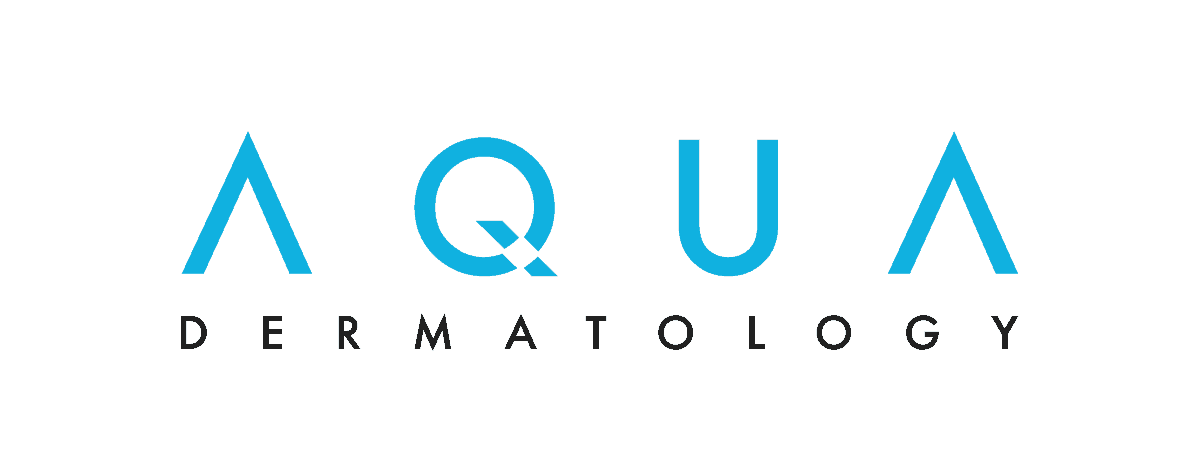
Medically reviewed by: John Minni, DO
Back acne, or “bacne,” can be a major summer bummer. In the winter you can keep it under wraps, but going shirtless or baring your back in a bathing suit puts the pimples on full display. If you’re wondering how to get rid of back acne, John Minni, DO, a board-certified dermatologist at Water’s Edge Dermatology, has answers.
Many of the same treatments that control facial acne can also be effective for back acne, but you’ll need to see your dermatologist if over-the-counter treatments don’t do the trick. You may want to make some lifestyle changes, too.
What causes back acne?
“The causes of facial and back acne — oil, dead skin flakes and bacteria — are the same,” said Dr. Minni. “But there are several other triggers of back acne that people need to be aware of, such as wearing tight-fitting clothes.”
These are the culprits that can lead to overproduction of oil and/or the growth of bacteria in pores.
Genetics
Genes play a major role in whether you get acne and where it develops. If you have back acne, chances are someone else in your family had it, too.
Hormones
Hormones can contribute to back acne, including female back acne. Women may get back acne in the week before their period starts, when they’re pregnant or when they’re in perimenopause or menopause. But men are more likely to get back acne than women.
“Testosterone stimulates the sebaceous glands to produce more oil, and there are a lot of sebaceous glands on the back, particularly the upper back,” Dr. Minni explained.
Sweat and friction
Wearing tight clothing, protective sports padding or a backpack can trap sweat and create friction that leads to bacne or makes existing bacne worse. The longer you let the sweat sit before showering, the bigger the problem.
Long hair
People with long hair may develop back acne, as well as acne on the back of the neck, from the hair care products they use, according to Dr. Minni.
“If you’re using heavy products such as deep conditioners and hair oils, these can be transferred from your hair to your upper back and cause acne.”
Medications
In some cases, back acne is a side effect of medication. Oral and topical steroids and certain cancer medications, for example, can trigger back acne in some people.
Types of back acne
Any type of acne can develop on the back, including whiteheads, blackheads, red bumps, pus-filled pimples, hard nodules and deep, painful cysts. You may have just one type of bacne or a combination of types. The upper back and shoulders are the most common sites, but some people develop acne all over their back and torso.
Back acne can be mild, severe or somewhere in between, and it may not match the severity of your facial acne. “You can have terrible back acne but mild facial acne and vice versa,” said Dr. Minni.
How to get rid of back acne: The best back acne treatment
Many of the same products you use to treat facial acne are also recommended for back acne, but treating back acne is less successful overall, according to Dr. Minni. That may be due to the challenge of applying topical treatments to your own back, as well as the fact that body acne can be deeper and more stubborn than facial acne.
You may not be able to get rid of back acne on your own unless it’s mild. If you have moderate to severe back acne, or you’ve been using over-the-counter products for eight weeks with no improvement, see your dermatologist.
Over-the-counter back acne treatments
- Acne-fighting cleanser. Choose one that contains salicylic acid or sulfur. (Dr. Minni cautions that benzoyl peroxide can bleach clothing.) Salicylic acid reduces acne and exfoliates the skin, keeping the pores clear of oil and dead skin. Sulfur reduces oiliness, prevents pore blockages and fights bacteria. An over-the-counter sulfur wash may be effective as a back acne wash, but if it doesn’t help enough, your dermatologist may recommend a prescription-strength version.
- Azelaic acid. Available in gels, foams and cream foams, azelaic acid clears pores, calms inflammation and encourages faster healing of acne with less scarring. You can find azelaic acid products at your local pharmacy, but your dermatologist may recommend a prescription-strength version if they don’t deliver results.
- Adapalene (Differin). This OTC retinoid helps unclog pores and prevents new acne from forming. It also improves skin’s texture and tone. Adapalene is often used in combination with benzoyl peroxide for maximum effectiveness, but it also works when used alone.
Prescription back acne treatments
- Topical retinoids. Prescription-strength retinoids, including tazarotene (Tazorac) and tretinoin (Retin-A), fight acne in the same ways adapalene does but they are stronger and more likely to work for moderate to severe back acne.
- Oral or topical antibiotics. Antibiotics slow or stop the growth of bacteria that infiltrate clogged pores. “People might hesitate to take oral antibiotics, but when prescribed for acne, the dose is so low that it doesn’t contribute to antibiotic resistance,” Dr. Minni noted.
- Isotretinoin. Known by its former brand name, Accutane, isotretinoin may be recommended if your back acne doesn’t respond well to antibiotics or you have deep, painful acne cysts and nodules on your back. This oral medication can have serious side effects (liver damage, pregnancy risks such as severe birth defects and miscarriage), so you’ll be closely monitored by your dermatologist while you take it.
In-office procedures
Treatments such as chemical peels and light or laser therapy can fight back acne. Chemical peels work by preventing clogged pores. Light or laser therapy targets bacteria that contributes to acne.
How to prevent back acne
Back acne can be hard to prevent if you’re genetically prone to develop it or if it’s triggered by hormones, but these steps may help you keep the worst of it at bay.
- Be gentle. Using harsh scrubs or astringents or tools such as loofahs or back brushes can make back acne worse.
- Shower ASAP after you sweat. If you can’t, use oil-free cleansing wipes to remove sweat.
- Avoid fabrics and bags that trap sweat. Wear loose clothes made of breathable cotton or sweat-wicking material and wash them after each wearing. If you use a backpack, consider switching to a shoulder bag or duffle.
- Cover up in the sun. Contrary to popular belief, sun exposure isn’t good for acne. When the sun’s UV rays dehydrate the skin, it responds by producing even more oil, leading to breakouts.
- Don’t pick. Popping pimples damages the skin and can cause scars.
- Use clean linens and towels. Wash your bedding and towels regularly so bacteria doesn’t build up on them and transfer back to your skin. Always use a fresh towel after showering.
- Tweak your hair care routine. In the shower, wash and condition your hair first, then wash your body so the hair care products get washed away. If you have long hair, wear it up when you exercise so oil and dirt don’t transfer to your skin.
Written by: Jessica Brown, a health and science writer/editor based in Nanuet, New York. She has written for Prevention magazine, jnj.com, BCRF.org, and many other outlets.





